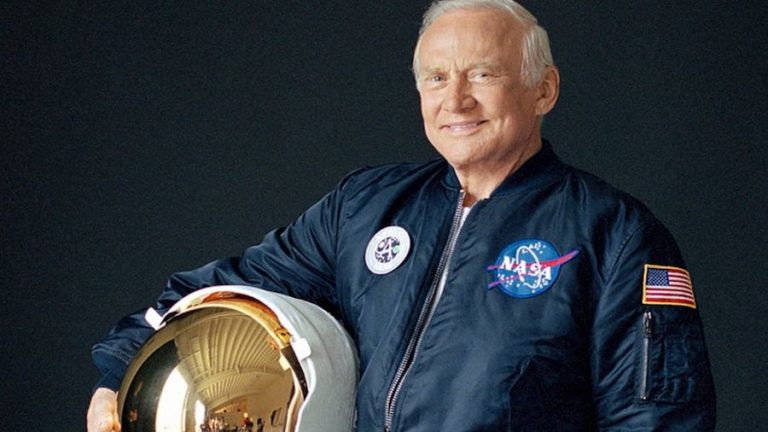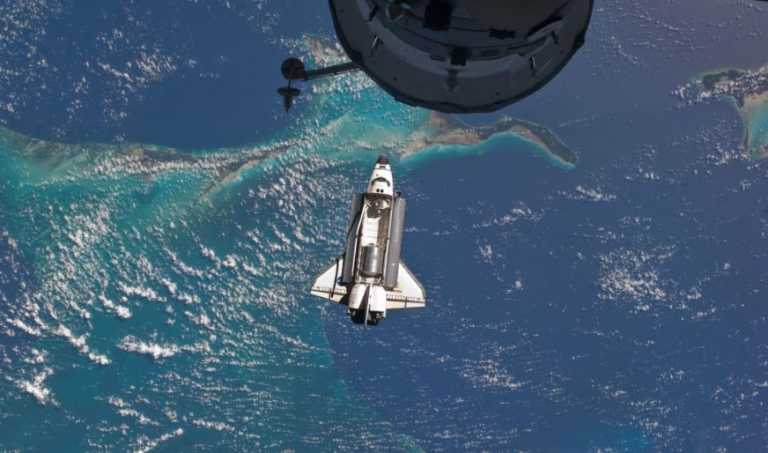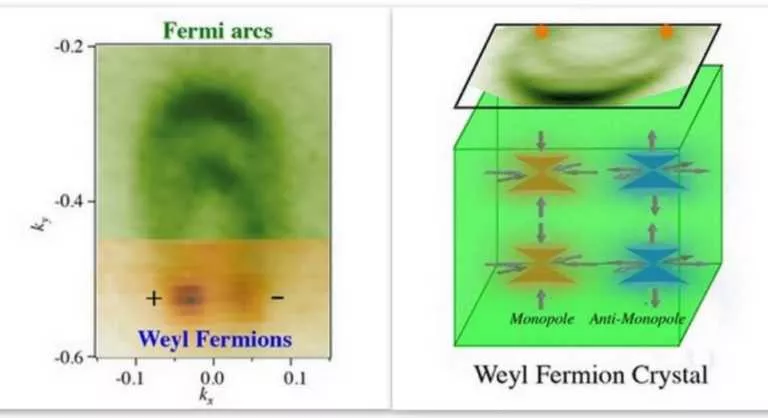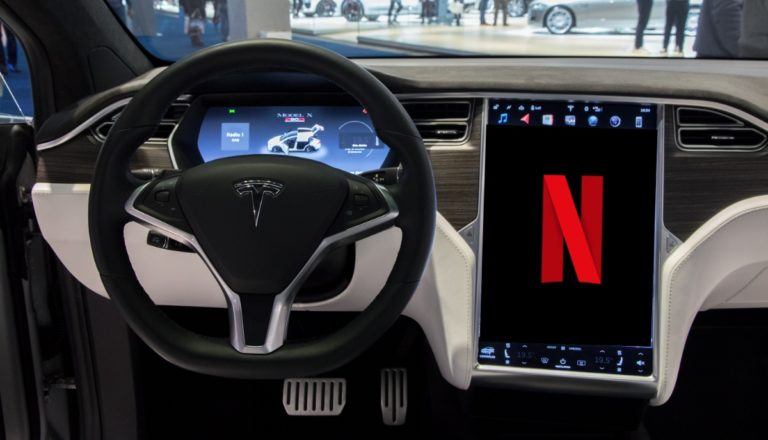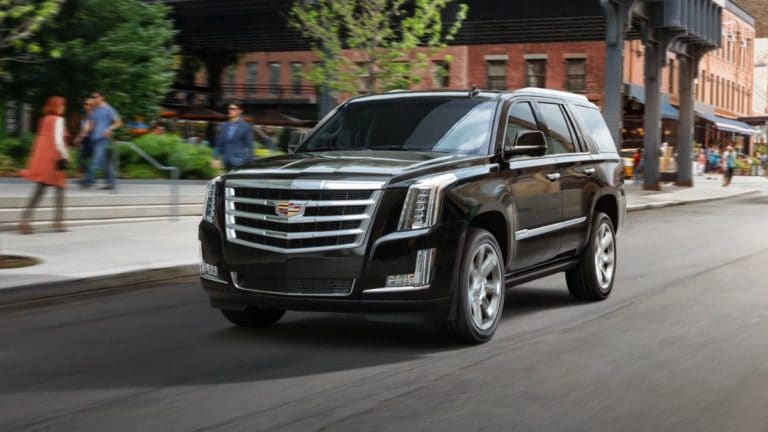Turbochargers Vs Superchargers: Everything You Need To Know
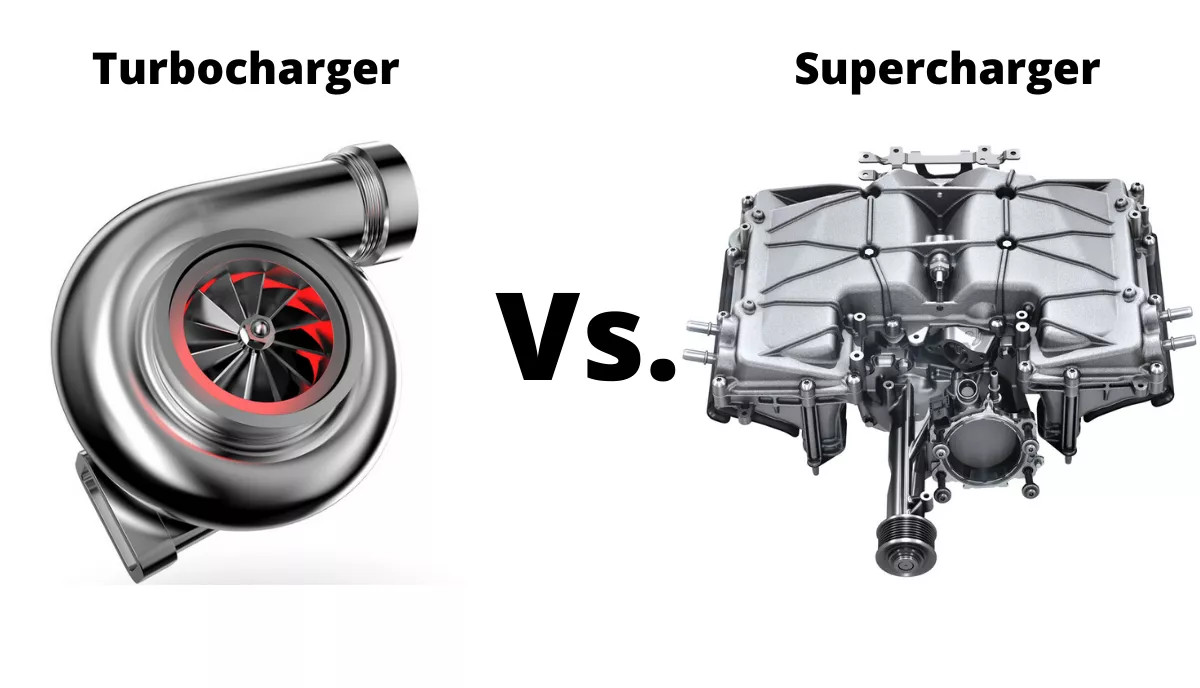
In the fight of Turbochargers Vs Superchargers, people have always had their preferences. Some prefer Turbos, whereas some are obsessed with Superchargers. So, let’s try to find out what’s the difference between them and which one is more suited to your needs.
Turbochargers and Superchargers are Forced Induction devices used in Internal Combustion Engines. They are used to increase the performance of vehicles and fuel efficiency (in the case of turbochargers).
First came the naturally-aspirated engines in the early 20th century, but as the industry evolved, the demand for something better and more powerful arose. So, the innovators introduced to the world these turbochargers and superchargers.
Even today, the industry is shifting towards electric vehicles, hybrid vehicles, and other alternative sources of energy because the industry and, most importantly, the environment demands it.
So let’s talk about Turbochargers first.
What is a Turbocharger?

The Turbocharger is a turbine-driven Forced Induction device. It is one of the most common forced induction devices. Nowadays, more than 90% of diesel cars are equipped with turbochargers simply because it increases fuel efficiency and adds up to the HP of an engine.
How does Turbocharger work?
Exhaust gasses go through the turbine and spin it; the turbine rotates and sucks the ambient air from the other side and forces it into the throttle body. This extra air through the throttle body goes into the engine’s cylinder.
When there is more fresh air supply, more oxygen is present in the combustion chamber. This results in an even greater explosion inside the engine. Therefore causing the piston to go up and down with greater force as the piston is connected to the connecting rod, which is further connected to a crankshaft.
From the crankshaft, the power goes to a flywheel, then to the transmission system, and eventually, to the wheels. The turbo makes that happen faster with greater force.
You get an extra boost of 8 to 16 HP, depending upon the engine tuning and car configuration.
Hence a Turbocharger becomes more efficient as it uses waste exhaust gases to perform this complete process.
What is Turbo Lag?
You don’t feel the turbo boost right from the start. Turbo lag is the delay in response when you press the throttle. When the engine starts, first the inlet valve injects the fuel, then it burns and generates power, and finally, the exhaust gases move out.
The exhaust gases pass through the exhaust turbine, it spools it up, and the fresh air goes through the intercooler. All of this takes some time, and the whole process to generate more power takes time.
This delay in power delivery is called Turbo Lag.
Now, let’s move on to the Supercharger.
What is a Supercharger?
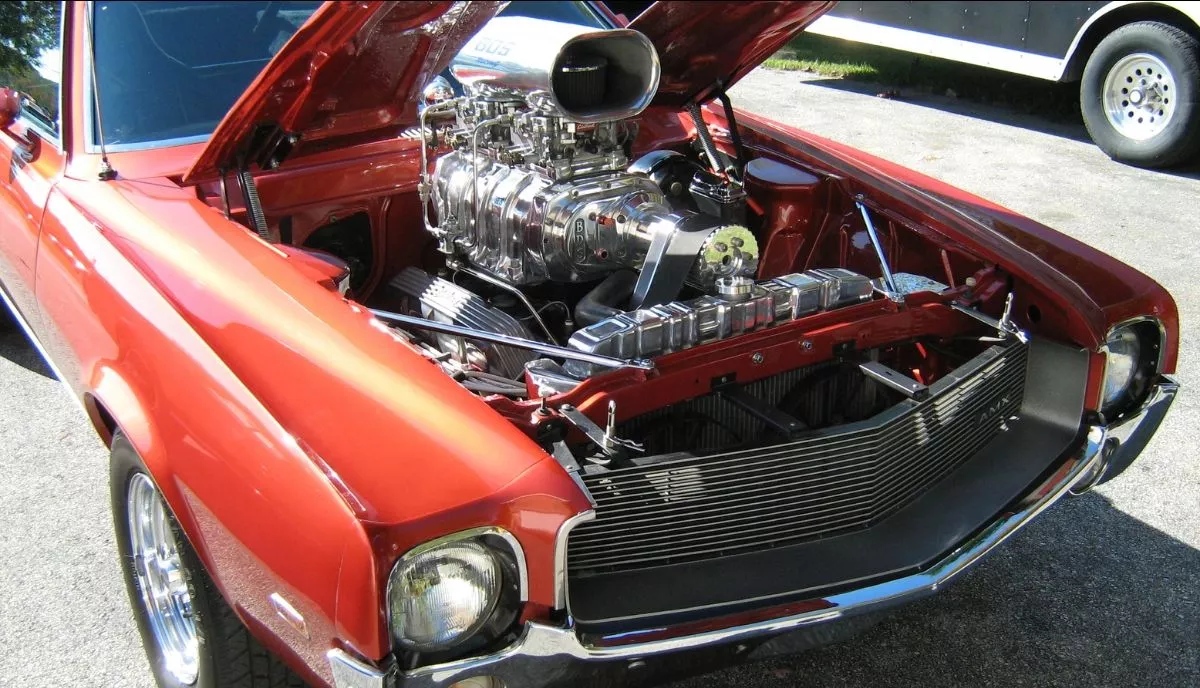
Supercharged engine
When your car is going too fast or when it is at higher altitudes, then there is a shortage of air supply at the intake manifold, and it can lead to incomplete combustion. Incomplete combustion means you will not get the maximum power output.
The Supercharger helps in compressing the additional air inside the combustion chamber. When the piston compresses sufficient air, you get maximum performance.
How do they work?
A simple supercharger is held at the top of the engine, and it is connected with a belt over the shafts. As the belt turns the pulley, the shaft turns the rotors, which forces more air inside the cylinder, giving it a boost. The more air pressure, the more fuel can be used to produce more power.
Turbochargers Vs Superchargers
| S.No. | Turbocharger | Supercharger |
|---|---|---|
| Pros | ||
| 1 | Turbochargers result in better fuel efficiency as it uses exhaust gases(waste gases) to process. | Unlike Turbochargers, there is no turbo lag in superchargers, plus you can get a continuous power delivery. |
| 2 | It provides a surge in power, leading to better performance. | There is linear power delivery even when the engine is reviving very low. |
| 3 | It can be installed in small engines to improve both its fuel efficiency and power. | It can be a cheaper and faster way to add more power to your engine. |
| Cons | ||
| 1 | The biggest problem in turbochargers is the Turbo lag, which means a delay in power delivery. | Superchargers are not as efficient as turbochargers. |
| 2 | Bigger Turbochargers can sometimes lead to sudden power deliveries that can be dangerous. | Bigger Turbochargers can sometimes lead to sudden power deliveries that can be dangerous. |
Which one is Better: Turbochargers Vs Superchargers?
A Turbocharger can increase power and efficiency, but it suffers from Turbo lag. The Supercharger performs very well but reduces engine life.
If you want the best of both worlds, then go with the Turbocharger. But if you strictly want the best performance then go with a supercharger.
Future of forced induction devices
Well, the chapter is not over yet, as I told you before, the auto industry needs innovation. Therefore, to get the best out of Turbocharger and Supercharger, Twinchargers came into existence.
What is a Twincharger?
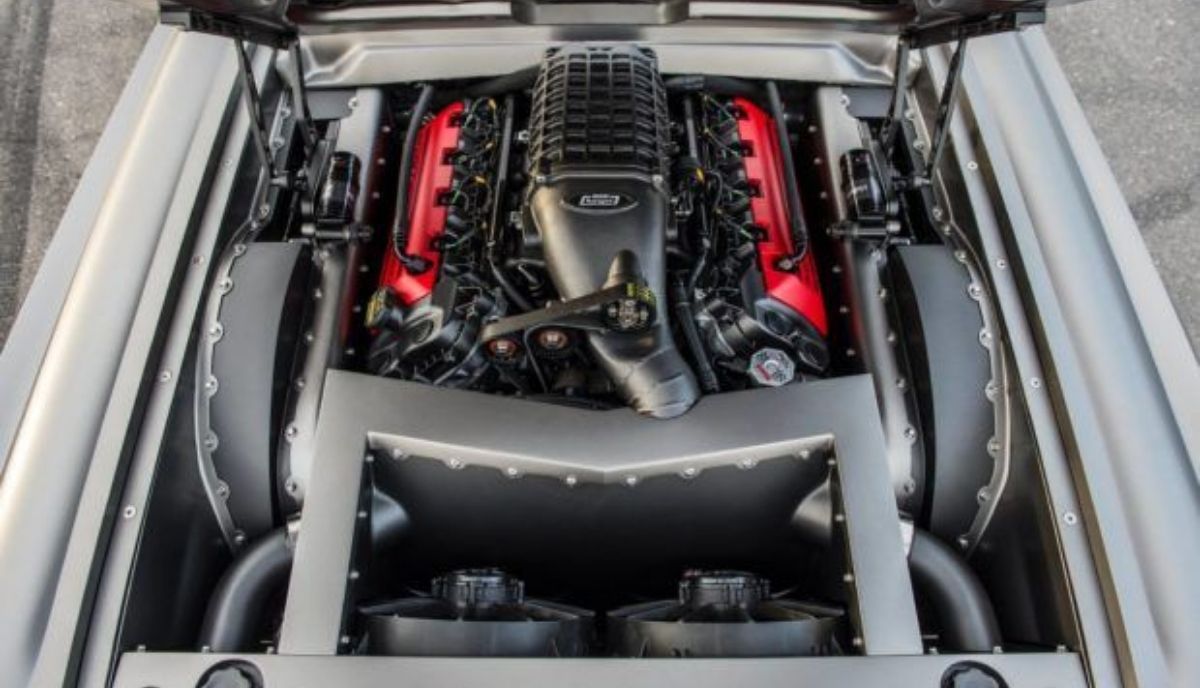
Ford Mustang Twin-Charged V8 engine
In simple words, Twincharger = Turbocharger + Supercharger. Twincharger is the best example of the “Best of both worlds.” Whenever you see the term Twincharged engine, it means that both the Turbocharger and a Supercharger are added to the engine.
How does a Twincharger work?
Since I have already told you about both the turbochargers and the superchargers, therefore it won’t be difficult to understand the workings of a Twincharger.
For the time when there is a Turbo lag, the Supercharger works and provides a linear power delivery. When the engine completes its cycles and reaches a certain RPM, the Turbocharger comes into play. Hence, at low RPMs and when the engine starts, the Supercharger holds the responsibility and at higher RPMs turbocharger kicks in.
I hope you now have a basic understanding of Turbochargers, Superchargers, and Twinchargers. Let me know in the comments which one do you prefer?

